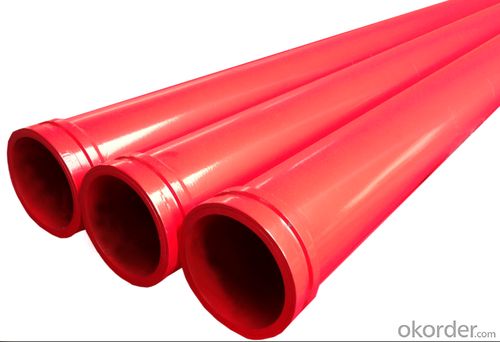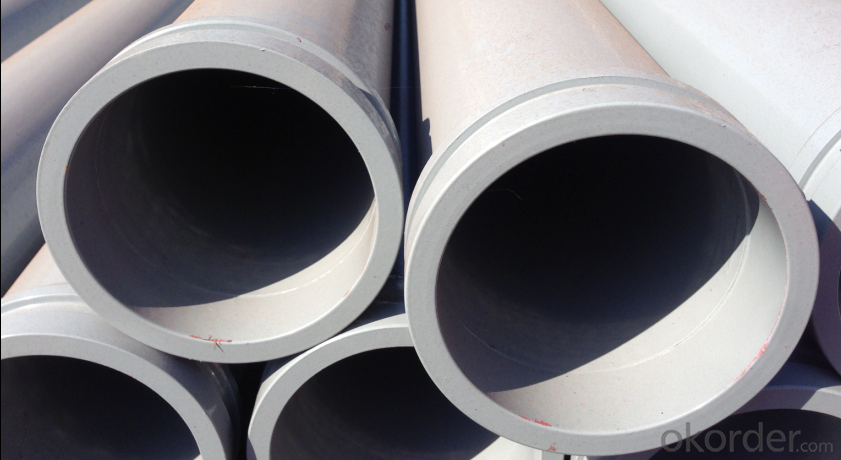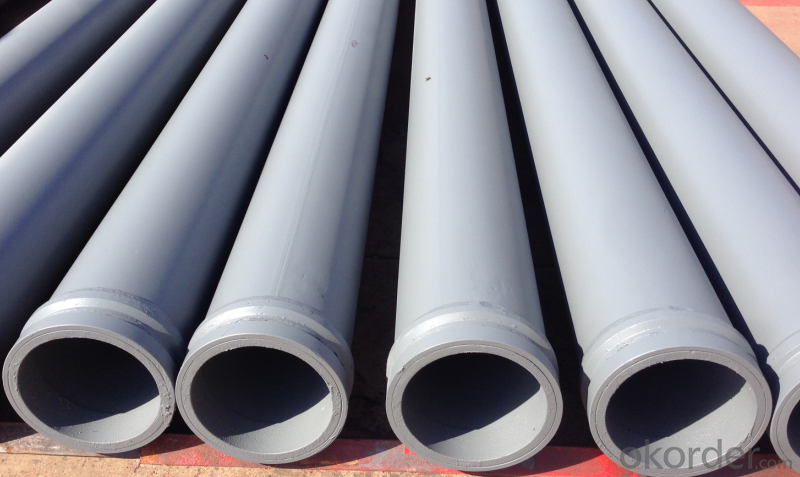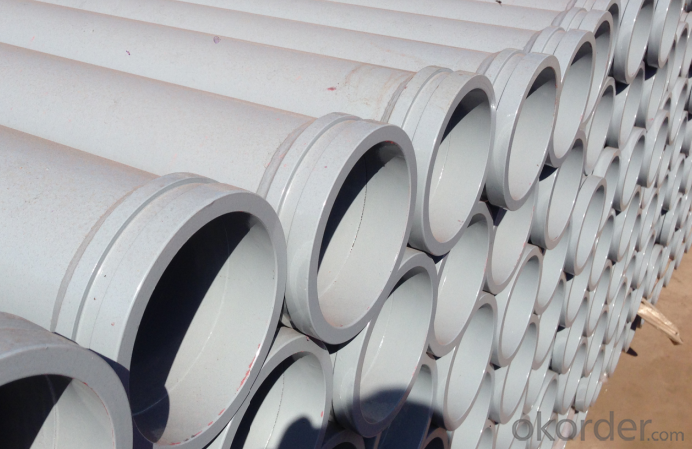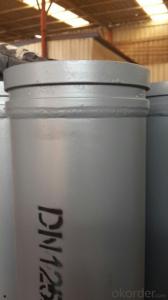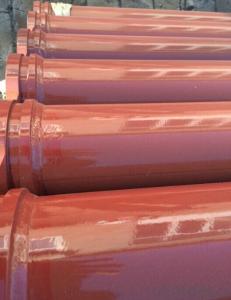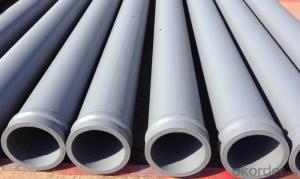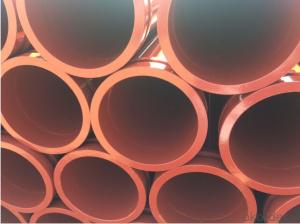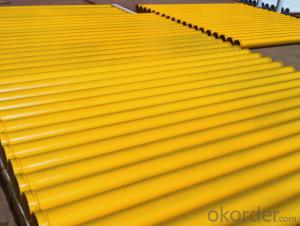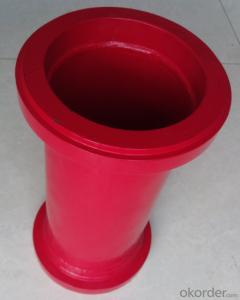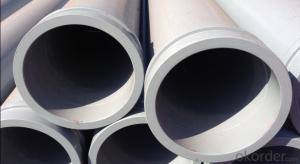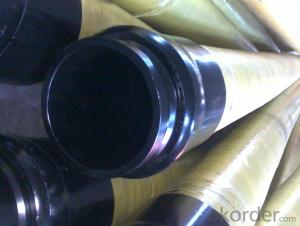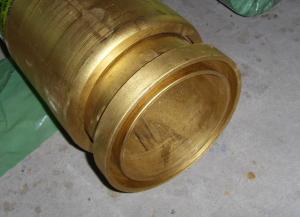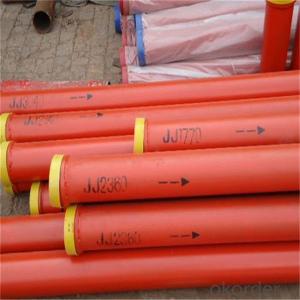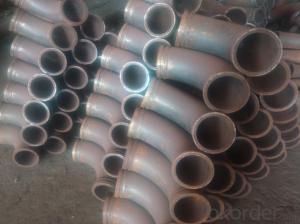Concrete Pump Truck Parts Delivery Pipe Normal Pipe DN125 2MTR Thick 4.5MM ST52
- Loading Port:
- China main port
- Payment Terms:
- TT OR LC
- Min Order Qty:
- 100 pc
- Supply Capability:
- 10000 pc/month
OKorder Service Pledge
OKorder Financial Service
You Might Also Like
Product Description:
Widely used on concrete pump truck, concrete placing boom, trailer concrete pump etc, for concrete delivery pipe connection.
Our concrete pump pipes have been successfully exported to many countries from 1998, Our main markets as below: Middle East, Southeast Asia, America, Brazil, Italy, Russia, South Africa etc.
Main Product Features:
1. Mainly adopt carbon steel high wear resistant steel, and other material upon your request.
2. The experiment done abroad shows that the life of our concrete pump pipes can reach 7000-8000cbm,got the customers' praise.
3. Possess quality certification of ISO 9001:2000. Can pass CE test.
4. A wide range of specifications for you.
5. We can supply OEM service and can also produce according to your requirements.
6. Total series of concrete pump pipes for different brand concrete pump(PUTZMEISTER, SCHWING, CIFA, SANY, ZOOMLION, IHI, KYOKUTO Etc) available from us.
FAQ:
Q1: How to confirm that your pipes could be used in our pump?
A1: We have been providing parts for nearly ten years, and cooperating with the agent of the world famous brand, possess near every kind of pipe in the market. What is more, we can produce as the customers’ request with drawing provided.
Q2: How do we guarantee the quality of our products?
A2: We have established an advanced quality management system which conducts strict quality tests at every step, from raw materials to the final product.
Q3: How soon can we receive the product after purchase?
A3: Within three days of placing an order, we will begin production. The specific shipping date is dependent upon international and government factors, but is typically 5-15 workdays.
Q4: If we can produce some Concrete Pump Truck Parts according to customers request?
A4: Yes, we can produce Concrete Pump Truck Parts according to the difference country situations to make it suitable to the market and customers. We have very professional technical team to make the design.
Q5: How to make a quick resolution for after service?
A5: OKorder and our manufacture both have overseas branches all-around of world, IF needed, the seller shall dispatch 2 engineers to the buyer's site for supervision of training. The buyer shall make available of necessary facilities & skilled personnel at site for training.
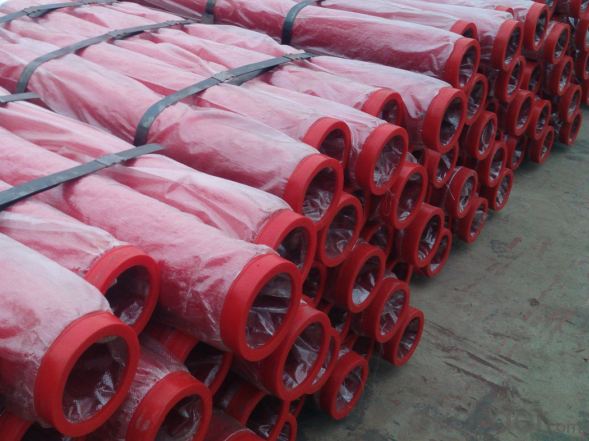
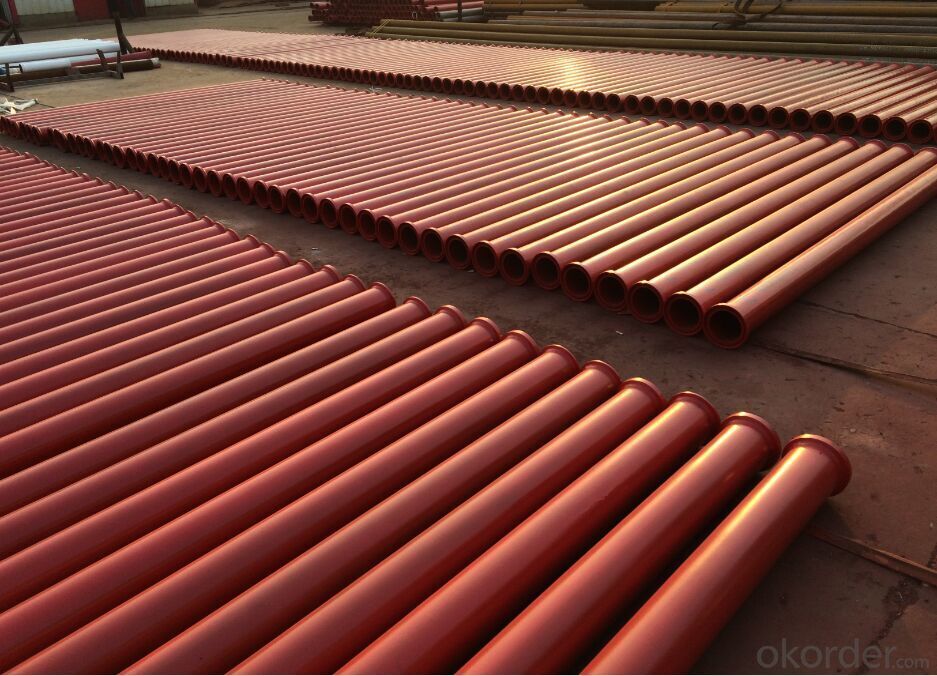
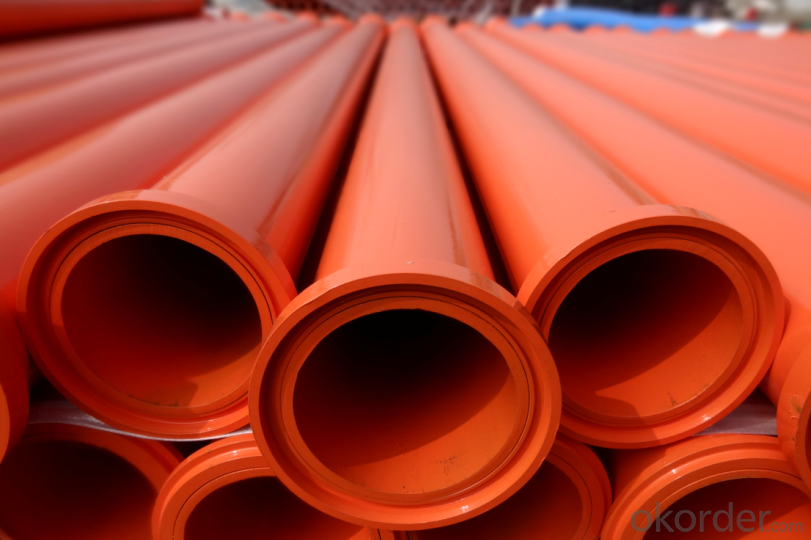
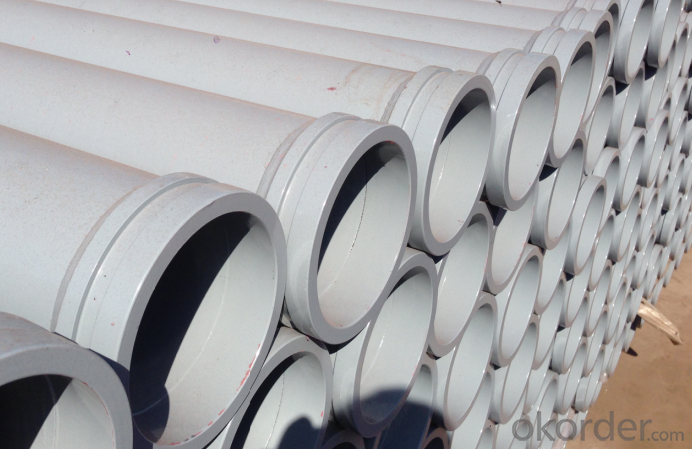
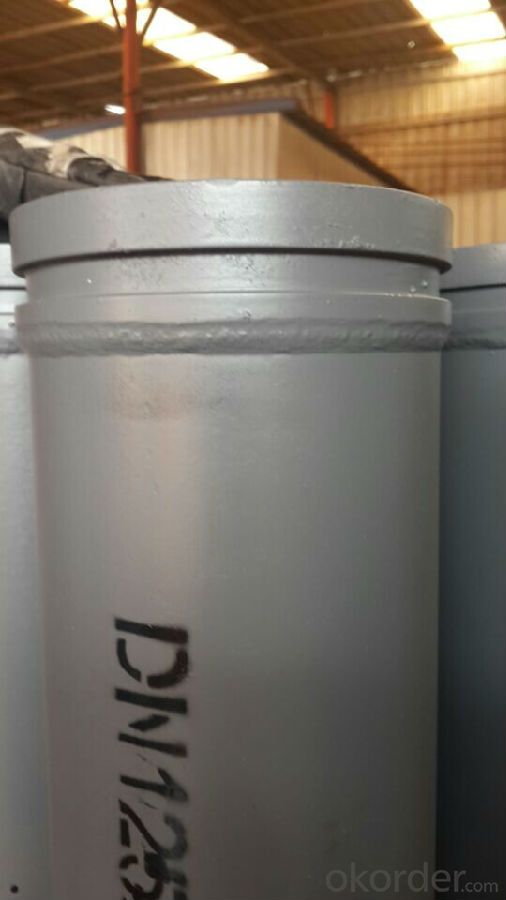
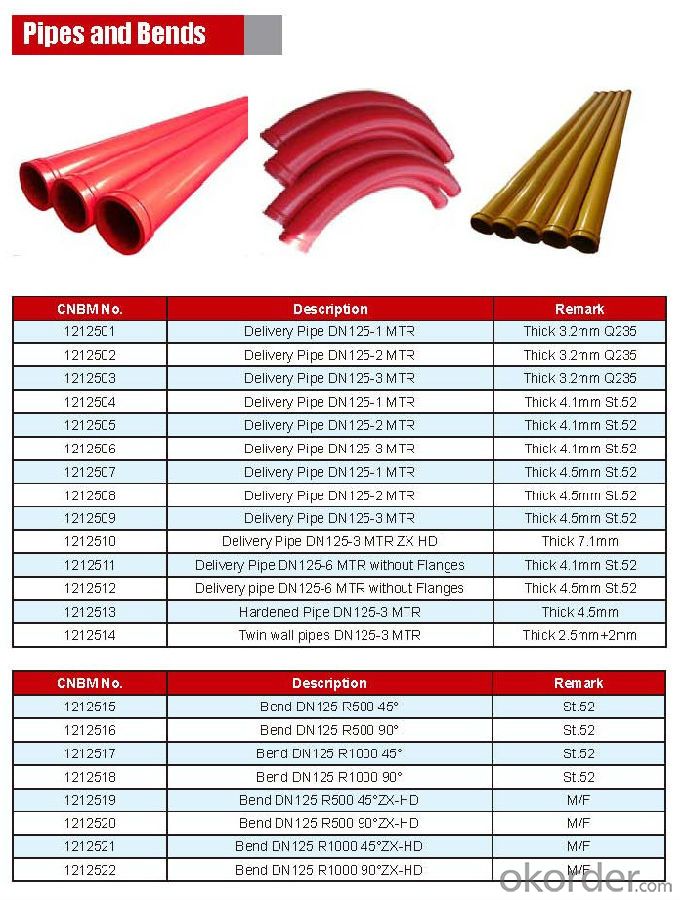
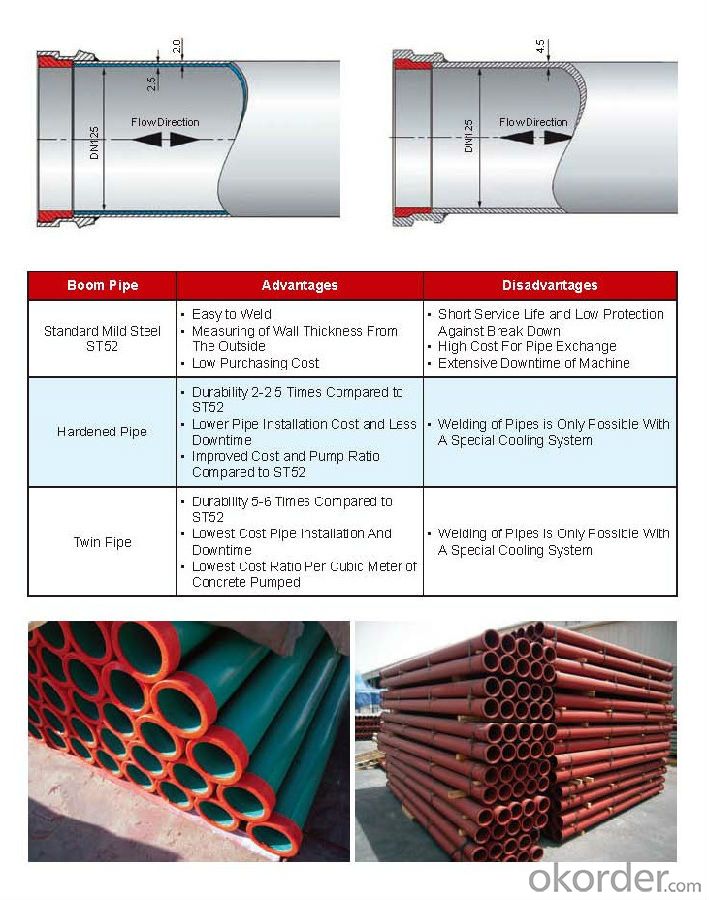

Other Products :
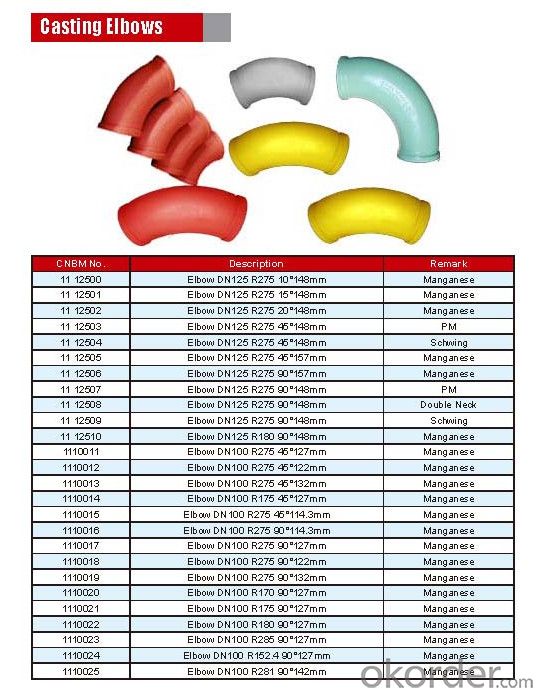
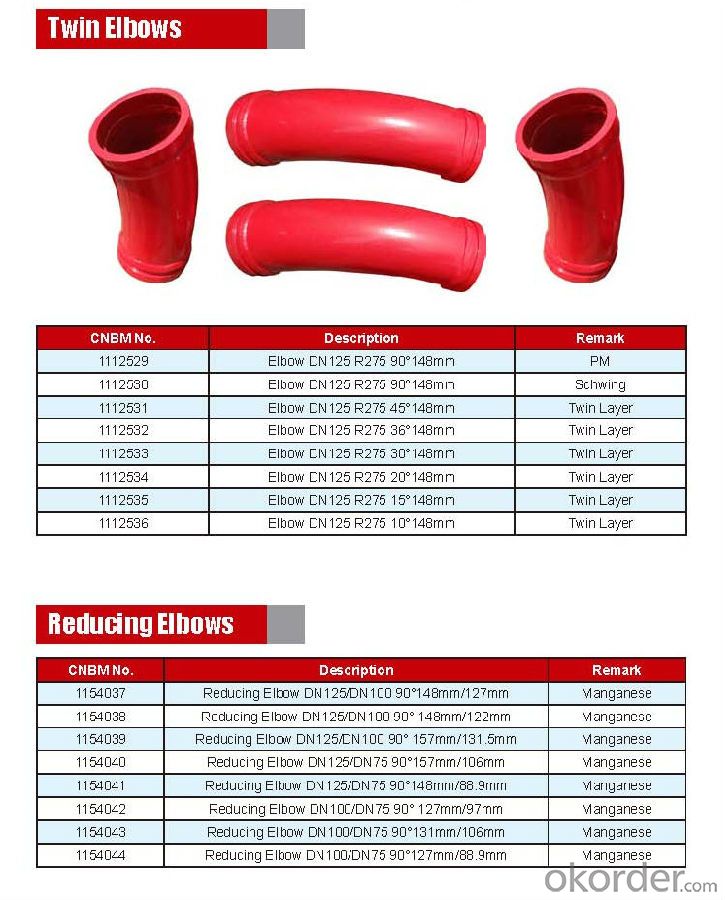
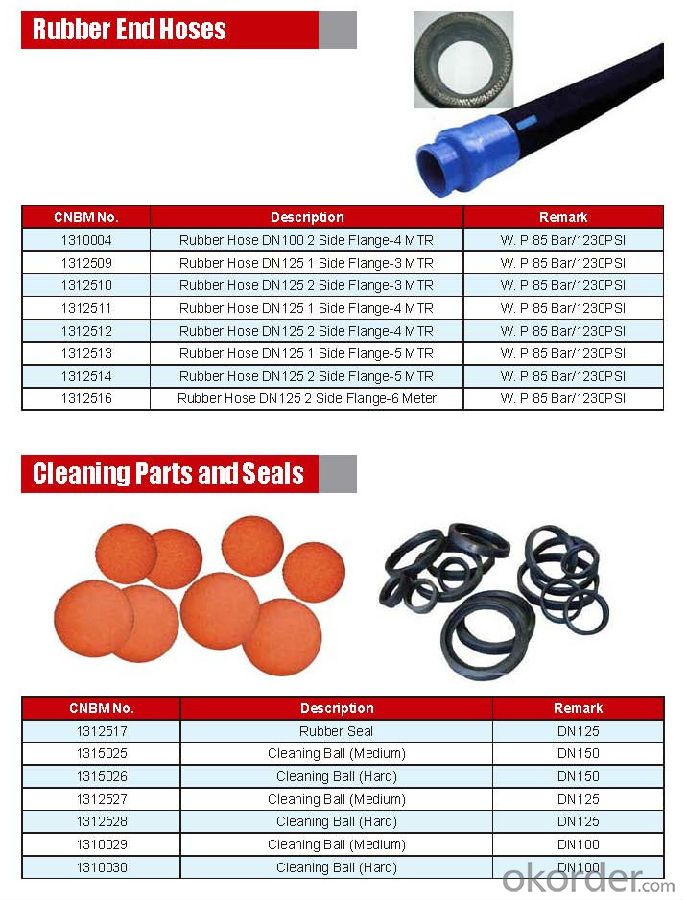

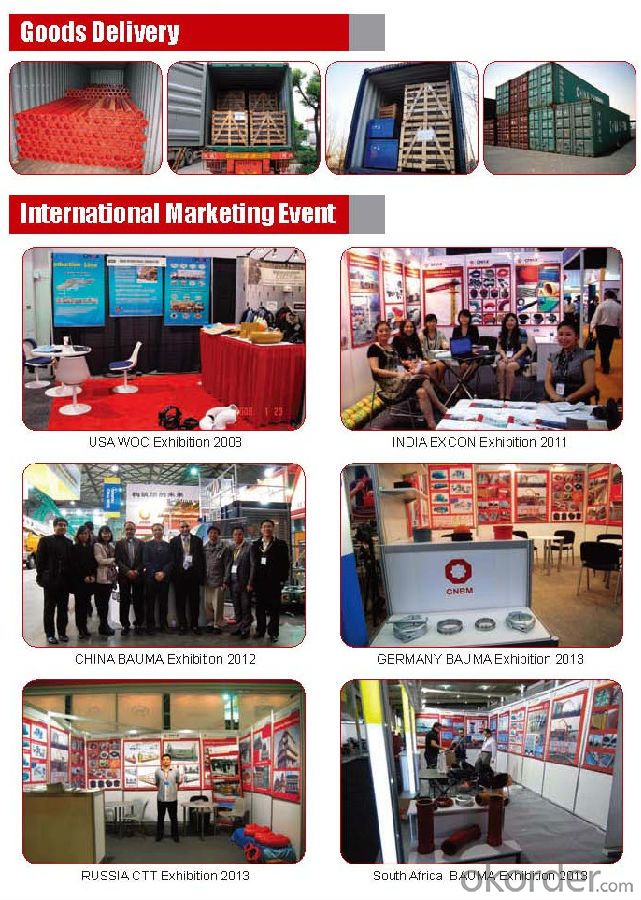
- Q: What are the potential risks of using non-standard or modified hydraulic components in concrete pump spare parts?
- Using non-standard or modified hydraulic components in concrete pump spare parts can pose several potential risks. Firstly, non-standard components may not have undergone the same rigorous testing and quality control as the original equipment manufacturer (OEM) parts. This means that their performance and durability may be compromised, leading to potential failures or malfunctions. Such failures can result in accidents, injuries, or damage to the equipment or surrounding structures. Secondly, using non-standard or modified components may void the warranty of the concrete pump and its spare parts. Manufacturers typically offer warranties to ensure the reliability and safety of their products. By using non-standard components, the warranty may become null and void, leaving the user responsible for any repairs or replacements needed due to issues arising from these non-standard parts. Another risk is the potential compatibility issues that may arise when using non-standard or modified components. Hydraulic systems rely on precise engineering and compatibility between various components to function optimally. Non-standard or modified parts may not fit properly or may have different specifications, leading to leaks, pressure imbalances, or reduced overall performance. Furthermore, the use of non-standard or modified components may also impact the overall efficiency and productivity of the concrete pump. OEM parts are designed to work seamlessly with the rest of the system, ensuring smooth operation and maximum output. By using non-standard parts, the performance of the pump may be compromised, resulting in increased downtime, decreased productivity, and higher maintenance costs. Lastly, the use of non-standard or modified components may also have legal and regulatory implications. In some jurisdictions, there may be regulations or standards in place that require the use of OEM or certified parts for certain equipment, including concrete pumps. Failure to comply with these regulations can result in fines, penalties, or legal liabilities in case of accidents or failures. In conclusion, the potential risks of using non-standard or modified hydraulic components in concrete pump spare parts include compromised performance and durability, warranty voidance, compatibility issues, reduced efficiency, and legal and regulatory implications. It is always advisable to use OEM or certified spare parts to ensure the safety, reliability, and optimal performance of the equipment.
- Q: What is the name of the pump for concrete transportation?
- The power of the concrete pump truck engine power is transmitted to the hydraulic pump or rear axle through the power transfer case, push the piston to drive the hydraulic pump concrete pump. Then use the pump cloth on the rod and delivery pipe, the concrete delivery to a certain height and distance.
- Q: Are there any specific guidelines for the disposal of hydraulic fluids used in concrete pump spare parts?
- Yes, there are specific guidelines for the disposal of hydraulic fluids used in concrete pump spare parts. Hydraulic fluids contain various chemicals and contaminants that can be harmful to the environment if not disposed of properly. Here are some general guidelines to follow: 1. Check local regulations: Different regions may have specific laws and regulations regarding the disposal of hydraulic fluids. It is important to familiarize yourself with these regulations to ensure compliance. 2. Contain the fluid: Properly contain the hydraulic fluid to prevent leaks or spills during transportation. Use appropriate containers that are designed to handle hazardous materials. 3. Do not mix with other fluids: Do not mix hydraulic fluids with other substances, as this can complicate the disposal process and increase the environmental impact. 4. Find a licensed disposal facility: Locate a licensed facility that handles the disposal of hazardous waste. These facilities have the necessary equipment and expertise to handle hydraulic fluids safely. 5. Follow their instructions: When delivering the hydraulic fluid to the disposal facility, follow their specific instructions for drop-off. They may require certain labeling or documentation to ensure proper handling. 6. Consider recycling options: Depending on the type of hydraulic fluid used, recycling may be an option. Some facilities specialize in recycling hydraulic fluids, which can be a more environmentally friendly solution. 7. Educate your staff: Ensure that all personnel working with hydraulic fluids are aware of the proper disposal procedures and understand the importance of following them. By adhering to these guidelines, you can ensure the safe and responsible disposal of hydraulic fluids used in concrete pump spare parts, minimizing harm to the environment and complying with regulations.
- Q: What are the signs of a malfunctioning lubrication system?
- There are various indications that may suggest a malfunctioning lubrication system. Firstly, the occurrence of uncommon engine noises such as grinding or squealing could imply that the moving parts are not receiving adequate lubrication. Furthermore, a decrease in engine performance or a loss of power might be attributable to insufficient lubrication. Another telltale sign is the presence of oil leaks, which may indicate issues with the seals or gaskets of the lubrication system. In the event that you detect a burning smell or observe smoke emanating from the engine, it could signify oil leakage onto hot engine components. Lastly, it is crucial to regularly monitor the oil pressure gauge, as a faulty lubrication system can result in low oil pressure that, if not promptly addressed, can lead to engine damage. In conclusion, it is imperative to remain vigilant of these indicators and promptly address any potential lubrication system problems to ensure the proper functioning and durability of your engine.
- Q: How often should concrete pump hydraulic oil coolers be inspected and maintained?
- Concrete pump hydraulic oil coolers should be inspected and maintained regularly, ideally on a monthly basis or as recommended by the manufacturer. Regular inspections and maintenance ensure optimal performance and help identify any potential issues or damage that may affect the efficiency and lifespan of the equipment.
- Q: How can one determine the correct viscosity and temperature range for lubricants used in concrete pump spare parts?
- To determine the correct viscosity and temperature range for lubricants used in concrete pump spare parts, one can refer to the manufacturer's recommendations and specifications. These guidelines will outline the appropriate viscosity grade and temperature range for optimal performance and longevity of the spare parts. It is important to follow these recommendations to ensure efficient lubrication and protection of the concrete pump components. Additionally, consulting with industry experts or conducting research on lubrication requirements specific to concrete pump spare parts can also provide valuable insights for determining the correct viscosity and temperature range.
- Q: What are the signs of a malfunctioning concrete pump outrigger?
- Some signs of a malfunctioning concrete pump outrigger may include uneven or unstable operation, difficulty in extending or retracting the outriggers, leaks or hydraulic fluid drips, unusual noises during operation, or visible damage or wear on the outrigger components. It is important to address any signs of malfunction promptly to ensure safe and efficient operation of the concrete pump.
- Q: How long does it take to receive concrete pump spare parts after placing an order?
- The time it takes to receive concrete pump spare parts after placing an order can vary depending on several factors. Firstly, it depends on the availability of the specific spare parts you have ordered. If the parts are readily available in stock, the delivery time can be relatively quick. However, if the parts are not in stock and need to be manufactured or sourced, it may take longer to receive them. Secondly, the location and distance between the supplier and your location also play a role in the delivery time. If the supplier is in close proximity, the parts can be delivered within a few days. However, if the supplier is located far away or in a different country, it may take longer due to shipping and customs processes. Furthermore, the shipping method you choose can also impact the delivery time. Expedited shipping options can ensure quicker delivery, but at an additional cost. Standard shipping methods may take longer but are usually more cost-effective. Lastly, the efficiency and responsiveness of the supplier also come into play. A reliable supplier with a streamlined ordering and shipping process will likely be able to deliver the spare parts in a shorter time frame. In conclusion, the time it takes to receive concrete pump spare parts after placing an order can vary based on factors such as availability, location, shipping method, and supplier efficiency. It is advisable to inquire about estimated delivery times when placing the order to have a better understanding of when the parts will be delivered.
- Q: What is the purpose of a concrete pump accumulator?
- The purpose of a concrete pump accumulator is to store hydraulic energy and provide a surge of pressure when needed, ensuring a continuous and efficient flow of concrete during pumping operations.
- Q: How often should agitator shaft seals be replaced in a concrete pump?
- Several factors influence the frequency of agitator shaft seal replacement in a concrete pump. These factors include the type and quality of the seal, the pump's operational conditions, and the user's maintenance practices. However, as a general rule, it is advisable to inspect and replace agitator shaft seals every 500 to 1,000 operating hours or annually, whichever comes first. Regular inspection of the seals is essential. This is to detect any signs of wear, leakage, or damage. If any of these issues are found, immediate seal replacement is necessary. This is to prevent further damage to the pump and ensure optimal performance. It is also important to adhere to the manufacturer's instructions and recommendations for seal replacement. These instructions may be specific to the pump model and seal type. Proper maintenance practices, such as regular cleaning and lubrication of the seals, can help prolong their lifespan. This can also reduce the need for frequent replacements. It is important to remember that failure to replace worn or damaged agitator shaft seals in a timely manner can result in increased downtime, decreased efficiency, and potential damage to other pump components. Therefore, regular inspection and replacement of agitator shaft seals should be prioritized to ensure the smooth operation and longevity of the concrete pump.
Send your message to us
Concrete Pump Truck Parts Delivery Pipe Normal Pipe DN125 2MTR Thick 4.5MM ST52
- Loading Port:
- China main port
- Payment Terms:
- TT OR LC
- Min Order Qty:
- 100 pc
- Supply Capability:
- 10000 pc/month
OKorder Service Pledge
OKorder Financial Service
Similar products
Hot products
Hot Searches
Related keywords




